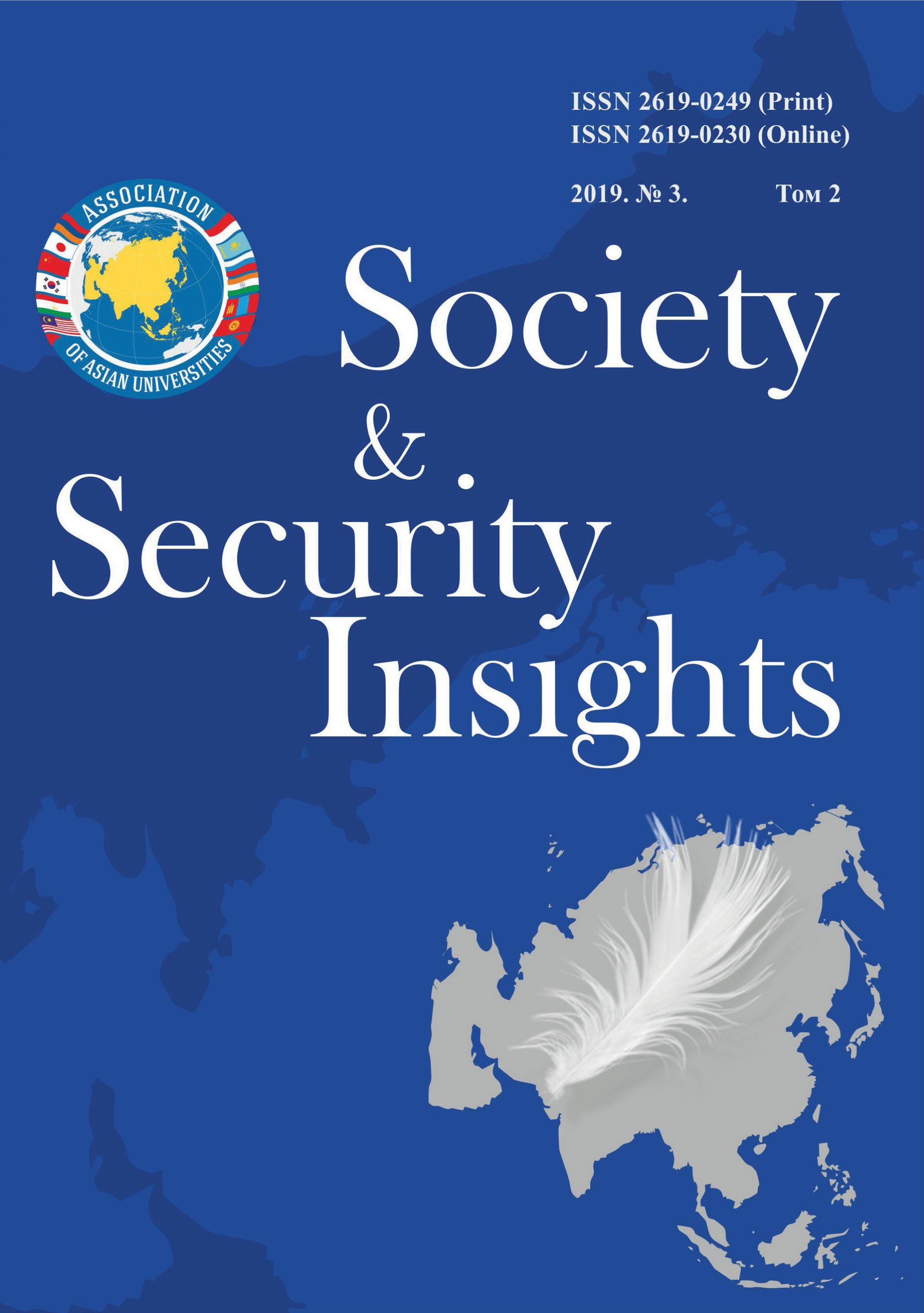THE QUESTION OF POWER IN TURKESTAN BEFORE AND AFTER THE OCTOBER REVOLUTION
Main Article Content
Abstract
The Central question of the revolutions of 1917 was the question of power: on what principles it will be organized, what ways to solve the problems that have developed in Russia will be chosen. However, in Turkestan, as in other national regions of the former Russian Empire, the question of power was associated with the solution of the national question, which became extremely topical after the February revolution. The Turkestan national elite put forward a project to transform Turkestan into autonomy and transfer power in the province to representatives of the indigenous population. At the same time, representatives of Russian parties in the region, including the Bolsheviks, continued to reproduce the colonial approach to the organization of power. The refusal of the local Bolsheviks after the proclamation of Soviet power in Tashkent to involve representatives of the Muslim population in the management of the region was one of the reasons for the formation of a powerful anti-Soviet movement among the indigenous population of the region. The nature of the national question solution in the region during the revolutions of 1917 and the civil war largely determined the process of subsequent nation-building and the political map of Central Asia.
Downloads
Metrics
Article Details

This work is licensed under a Creative Commons Attribution-NonCommercial-NoDerivatives 4.0 International License.
Authors retain the copyright of their manuscripts, and all Open Access articles are distributed under the terms of the Creative Commons Attribution License, which permits unrestricted use, distribution, and reproduction in any medium, provided that the original work is properly cited.
References
Абашин С. Национализмы в Средней Азии. СПб.: Алетейя, 2007.
Агзамходжаев С. История туркестанской автономии. Ташкент: Тошкент ислом университети, 2006.
Буттино М. Революция наоборот. Средняя Азия между падением царской империи и образованием СССР. М: Звенья, 2007.
Германов В. Политика формирования в Туркестанском крае лояльной России национальной элиты. 2008. URL: https://ia-centr.ru/experts/2598/ (дата обращения 20.07.2019).
Лысенко Ю.А. (Ред.) Этнополитические и этносоциальные процессы в центральноазиатских окраинах России в период революций 1917 г. и первые годы советской власти. Документы и извлечения. Барнаул: АЗБУКА, 2016.
Мухаметшин Ф. (Ред.) Россия — Средняя Азия. Т. 2: Политика и ислам в XX — начале XXI вв. М: ЛЕНАНД, 2011.
Российский государственный архив социально-политической истории (РГАСПИ) Ф. 71. Оп. 34. Д. 1561. РГАСПИ. Ф. 71. Оп. 34. Д. 1632.
Сафаров Г. Колониальная революция (опыт Туркестана). Reprint. Oxford: The Society for Central Asia Studies, 1985.
Сталин И.В. Марксизм и национальный вопрос. URL: https://www.marxists.org/ russkij/stalin/t2/marxism_nationalism.htm (дата обращения 22.07.2019).
Чокаев М. Отрывки из воспоминаний о 17 годе. Токио ; Москва, 2001.
Халид А. Ислам после коммунизма. Религия и политика в Центральной Азии. М: Новое литературное обозрение, 2010.
Khalid A. Tashkent 1917: Muslim Politics in Revolutionary Turkestan. Slavic Review, 1996, 55(2), 270–296.
REFERENCES
Abashin, S. (2007). Nacionalizmy v Srednej Azii [Nationalisms in Central Asia]. Saint-Petersburg: Alеtejya.
Agzamhodzhaev, S. (2006). Istoriya turkestanskoj avtonomii [History of Turkestan autonomy]. Tashkent: Toshkent islom university.
Buttino, M. (2007). Revolyuciya naoborot. Srednyaya Aziya mezhdu padeniem carskoj imperii i obrazovaniem SSSR [Revolution on the contrary. Central Asia between the fall of the tsarist Empire and the formation of the USSR.]. Moscow: Zvenjya.
Germanov, V. (2008). Politika formorovaniya v Turkestanskom krae loyal’noj Rossii nacional’noj jelity [Loyal to Russia in Turkestan region national elite formation policy]. Available at: https://ia-centr.ru/experts/2598/ (Accessed 20.07.2019).
Lysenko, Yu.A. (Ed.) (2016). Jetnopoliticheskie i jetnosocial’nye processy v central’noaziatskih okrainah Rossii v period revolucij 1917 goda i pervye gody sovetskoj vlasti [Ethno-political and ethno-social processes in the Central Asian outskirts of Russia during the revolutions of 1917 and the first years of Soviet power. Documents and extracts]. Barnaul: AZBUKA.
Muhametshin, F. (Ed.) (2011). Rossijya — Central’najya Aziya. Tom 2. Politika i islam v XX — nachale XXI vv. [Russia — Central Asia. Vol. 2: Politics and Islam in the XX —early XXI centuries]. Moscow: LENAND.
Rossijskij gosudarstvennyj arhiv social’no-politicheskoj istorii (RGASPI) [Russian state archive of social and political history]. Fond 71. Opis’ 34. Delo 1561. RGASPI [Russian state archive of social and political history]. Fond 71. Opis’ 34. Delo 1632.
Safarov, G. (1985). Kolonial’naya revolyuciya ( opyt Turkestana) [Colonial revolution (experience of Turkestan)]. Reprint. Oxford: The Society for Central Asia Studies.
Stalin, I.V. (1913). Marksizm i nacional’nyj vopros [Marxism and the national question]. Available at: https://www.marxists.org/russkij/stalin/t2/marxism_nationalism.htm (Accessed 22.07.2019).
Chokaev, M. (2001). Otryvki iz vospominanij o 17 gode [Excerpts from the memoirs about the 17th year]. Tokyo ; Moscow.
Halid, A. (2010). Islam posle kommunizma. Religiya i politika v Central’noj Azii [Islam after communism. Religion and politics in Central Asia]. Moscow: Novoe literaturnoe obozrenie.
Khalid, A. (1996). Tashkent 1917: Muslim Politics in Revolutionary Turkestan. Slavic Review, 55(2), 270–296.

